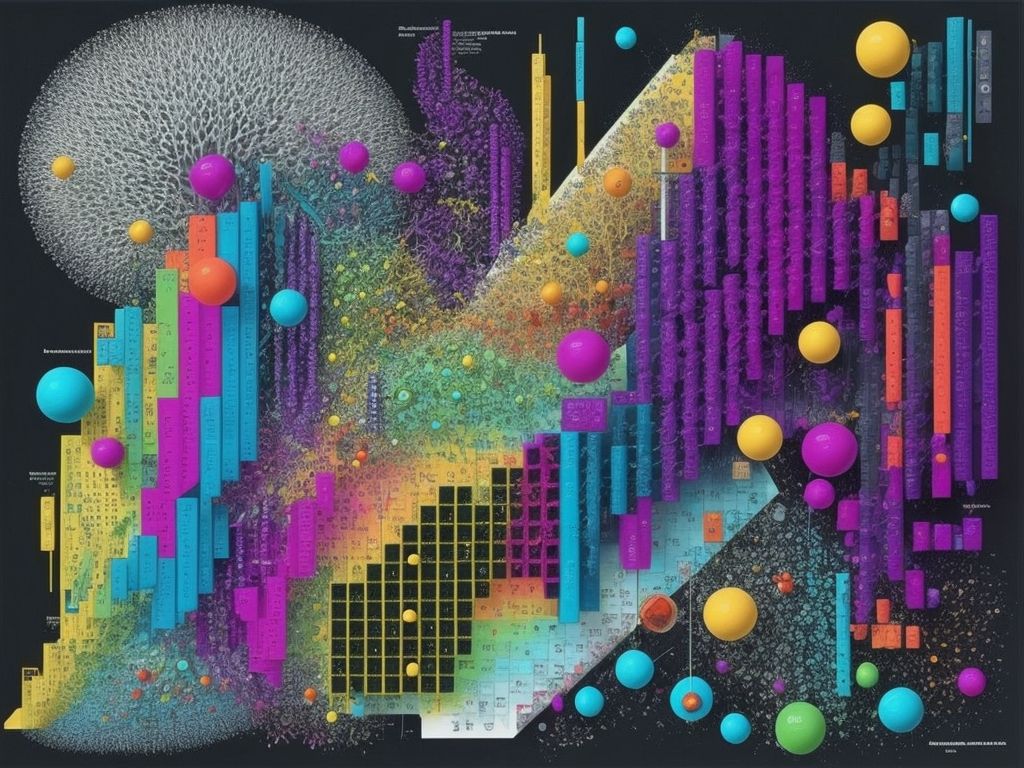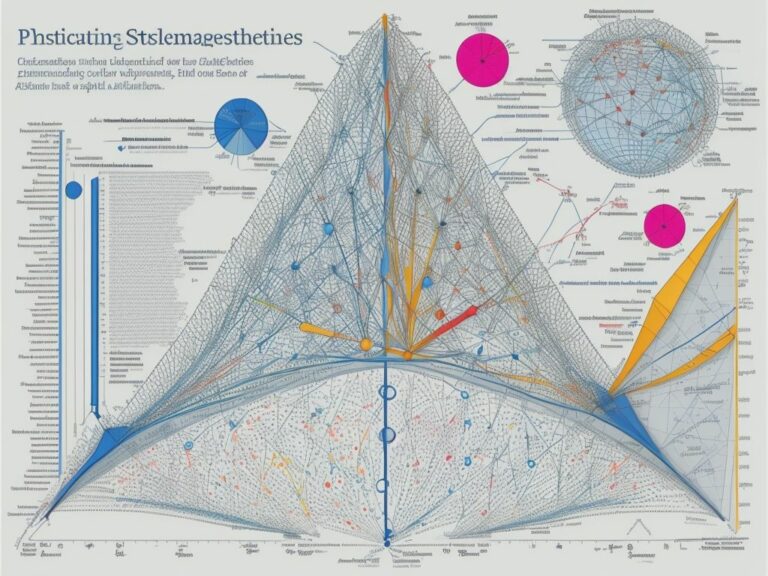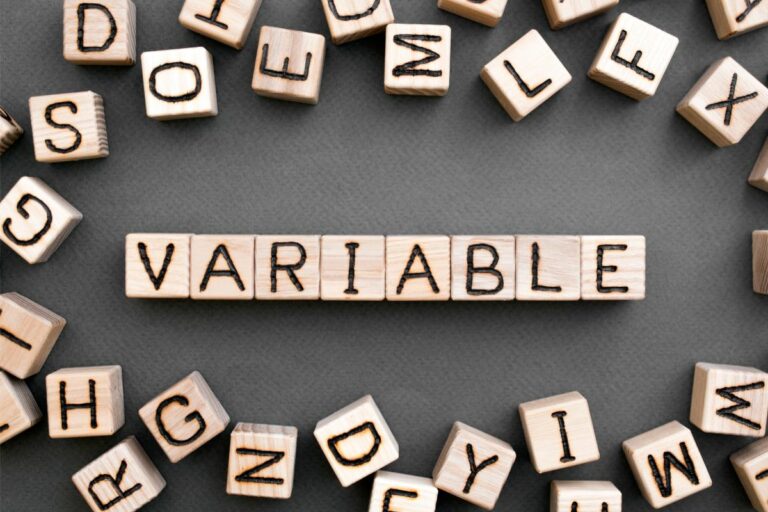The Significance of S in Statistics
The letter ‘S‘ in statistics holds great importance. It provides insight into data and has many applications. It is an essential tool for researchers, analysts, and decision-makers.
Statistics is vital for understanding complex data sets. Statistical methods can detect patterns and trends, aiding informed decisions. ‘S‘ stands for “sample standard deviation,” which gauges how much variation is in a set of data. This lets statisticians check the spread of values around the mean, giving valuable info about the collected data’s credibility.
‘S‘ is also important in various fields. For example, in marketing, statistical analysis can uncover consumer preferences and trends. In medicine, it can assess clinical trial outcomes. In social sciences, it can help make quantifiable observations that add to research and theories.
For a real-life example, consider the economist’s study on income inequality. The economist used ‘S‘ to measure standard deviation across different income groups in various countries. This showed that the income gap was much wider than expected.
The Importance of Statistics
Statistics is important in many industries and fields. It helps to make decisions based on facts. Data analysis, forecasting, and research all use statistical methods.
It helps researchers, scientists, and policymakers understand data. Statistical techniques identify patterns and trends, leading to better predictions. It also helps to check theories and assess strategies.
Statistics also plays a part in risk management. By looking at data, potential dangers can be spotted, and plans can be made to deal with them. This makes businesses more successful and reduces uncertainty.
Statistics can also tell us hidden truths. John Snow’s work during the London cholera outbreak is an example. He plotted cases of cholera on a map and realized that a water pump was the cause. This changed public health practices.
The Role of ‘S’ in Statistics
S is essential in stats. It stands for the standard deviation of a data set, which shows the spread of the data-points away from the mean. With this info, statisticians can interpret the data and make correct conclusions.
S helps evaluate the dependability and consistency of the data. It helps to discover trends, find outliers, and test research results. It is used for hypothesis testing, confidence intervals, and regression analysis.
Table:
| Statistical Measure | Description |
|---|---|
| Mean (μ) | Average of data set |
| Median | Middle value in a dataset |
| Mode | Most frequent value |
| Range | Difference between highest and lowest values |
| Variance (σ²) | Average of differences from mean |
| Standard Deviation (S) | Square root of variance – measures data dispersion |
S lets us compare data sets by using a common measure. It is objective, providing a standard measure that all can understand.
Tips to maximize S:
- Collect enough data.
- Consider the context.
- Compare with benchmarks.
- Visualize data.
These methods ensure accuracy and help us to see if the variability is normal. Graphs help us understand data spread.
S is vital for understanding complex data sets. It is indispensable in statistics – it helps us interpret data and make informed decisions.
Statistical Methods and Techniques Utilizing ‘S’
The letter ‘S‘ is important in statistics. It’s used for sample size, standard deviation, skewness, significance level, and statistical significance. Through these techniques, researchers can understand data sets.
Look at this table of statistical methods and techniques that use ‘S‘:
| Statistical Techniques |
|---|
| Sampling Methods |
| Standard Deviation |
| Skewness |
| Significance Level |
| Statistical Significance |
Sampling methods let researchers draw conclusions about a population from a smaller group. Standard deviation measures variation. Skewness finds asymmetry. Significance level checks if results are due to chance. Statistical significance confirms if results are meaningful.
These methods change as technology and discoveries in statistics advance. ‘S‘ has been used since Carl Friedrich Gauss used ‘σ‘, which looks like ‘S‘, to measure variability in 18th century data sets. Now, ‘S‘ is linked to basic concepts in statistics.
Case Studies and Examples
Let’s see the ‘S’ in Statistics!
We’ll look at some real-life cases to show its importance.
First, medical research. ‘S’ is the standard deviation of patient responses. This helps researchers decide if a treatment is successful.
Next, the stock market. ‘S’ is the volatility of stock prices. Analyzing the data with statistical models helps investors make decisions.
Third, a survey measuring public opinion. ‘S’ is the sample standard deviation. This helps policymakers understand how people feel.
Lastly, student scores in a classroom or school. ‘S’ is the variability of scores. This helps educators give extra support where it’s needed.
These examples show the power of ‘S’. By using it, researchers can find patterns and draw conclusions. Take advantage of ‘S’ to learn more about Statistics. It can help you find insights that others don’t see. Start deepening your knowledge today!
Advancements and Innovations in Statistical Analysis
Advancements and innovations in statistical analysis have had a huge impact on the field. Tech like sophisticated algorithms and big data have kept pushing the boundaries of what’s possible with quantitative analysis.
Let’s look at some of these developments:
| Advancement | Description |
|---|---|
| Machine Learning Algorithms | AI to develop algorithms that learn from data and make predictions. |
| Bayesian Statistics | Combining prior knowledge with new info for more accurate inference. |
| Data Visualization Techniques | Interactive visuals to communicate complex findings. |
| Statistical Process Control | Using stats to monitor and control processes for quality and efficiency. |
There are other details that show the importance of these advancements. For instance, integrating stats and computer science has led to data science.
In the past, statisticians relied on manual calculations and weak computing power. Computers revolutionized the field, allowing them to tackle more complex problems and analyze larger datasets.
Conclusion
The importance of ‘S’ in statistics is huge. ‘S’ stands for standard deviation, which is vital for measuring variability in data. It shows the spread of values. This helps statisticians to analyze and quantify the data.
‘S’ is also important for hypothesis testing and inference. Researchers use ‘S’ to estimate parameters and draw conclusions about the population. It’s a cornerstone of many models and techniques, like regression and ANOVA. This makes it possible to identify patterns, trends, and gain insights from data.
To get an accurate estimate of ‘S’, it’s recommended to increase the sample size. Also, using robust techniques which account for outliers can minimize distortions. It could be useful to consider alternate measures of dispersion, such as interquartile range (IQR). This focuses on the middle 50% and is less affected by extreme values. Utilizing both measures can provide a better understanding of the variability.
Frequently Asked Questions
1. What is the significance of ‘S’ in statistics?
The symbol ‘S’ is commonly used in statistics to represent the sample standard deviation. It is a measure of how spread out the data points in a sample are around the mean. It helps in understanding the variability or dispersion of the data.
2. How is ‘S’ different from ‘σ’?
While ‘S’ represents the sample standard deviation, ‘σ’ denotes the population standard deviation. It is often not possible to obtain data from an entire population, so we use samples. The sample standard deviation (‘S’) is an estimate of the population standard deviation (‘σ’).
3. How is ‘S’ calculated?
The formula for calculating ‘S’ involves several steps. First, calculate the mean of the sample. Then, find the difference between each data point and the mean. Square each difference, sum them up, divide the sum by (n-1), where ‘n’ is the sample size, and finally, take the square root of the result.
4. Why is ‘S’ important in inferential statistics?
The sample standard deviation (‘S’) is crucial in inferential statistics as it helps in making inferences about the population parameters. It provides insights into the consistency or variability of the sample data, which aids in determining the reliability of statistical conclusions.
5. Can ‘S’ be negative?
No, the sample standard deviation (‘S’) cannot be negative. It is always a non-negative value since it represents a measure of dispersion. A value of zero indicates that all the data points in the sample are the same.
6. What are the limitations of using ‘S’?
While ‘S’ is a useful measure of dispersion, it has certain limitations. It is sensitive to outliers, meaning that extreme values can greatly influence its magnitude. Additionally, the sample standard deviation alone does not provide information about the shape of the distribution.
- University of Massachusetts Amherst Polls: Analyzing Voter Behavior in Massachusetts - January 5, 2025
- Polling Insights from University of Massachusetts Lowell: A Close Look at Voter Shifts - January 5, 2025
- University of New Hampshire Polls: Analyzing Key Presidential Primary Data - January 5, 2025











